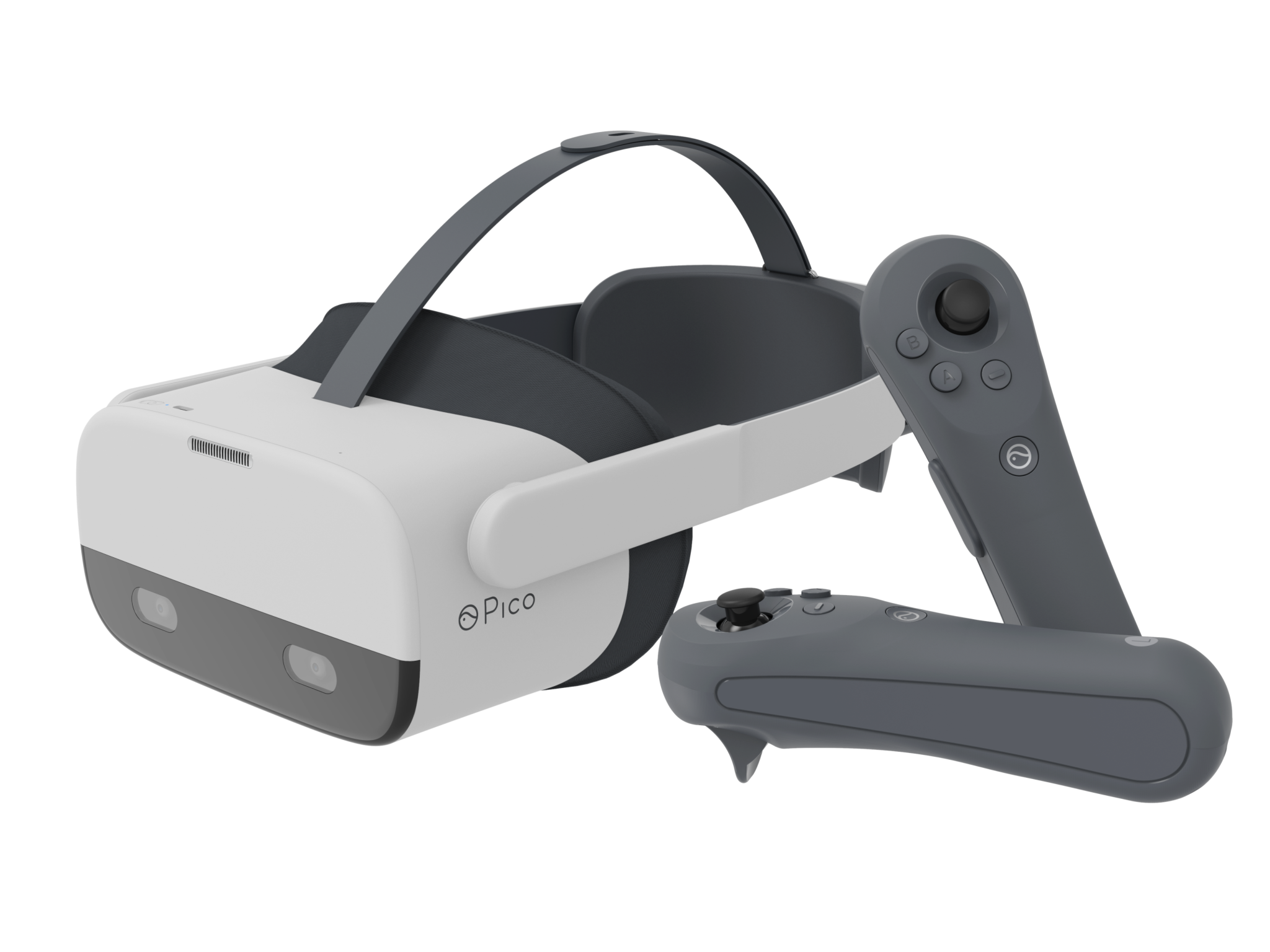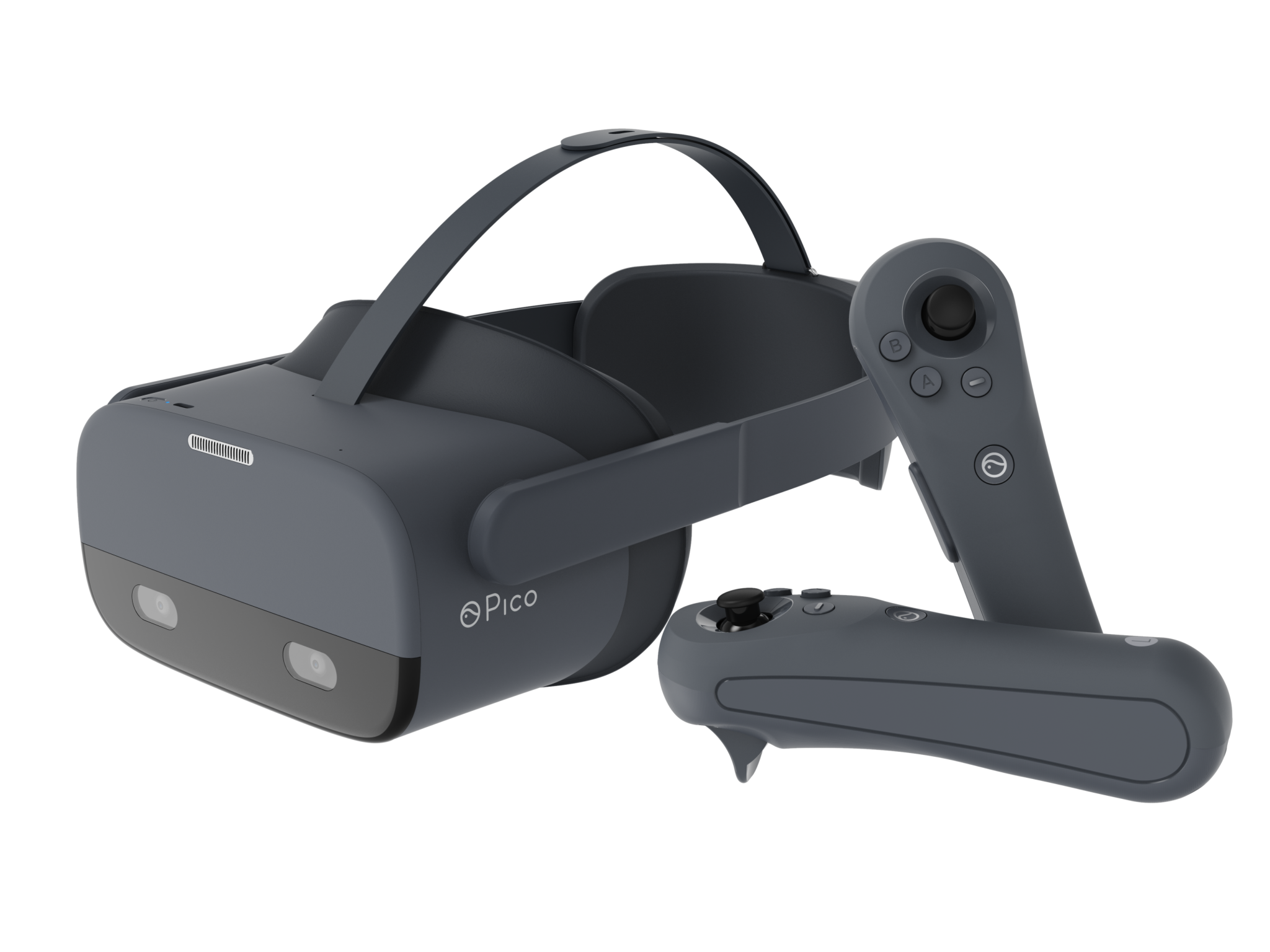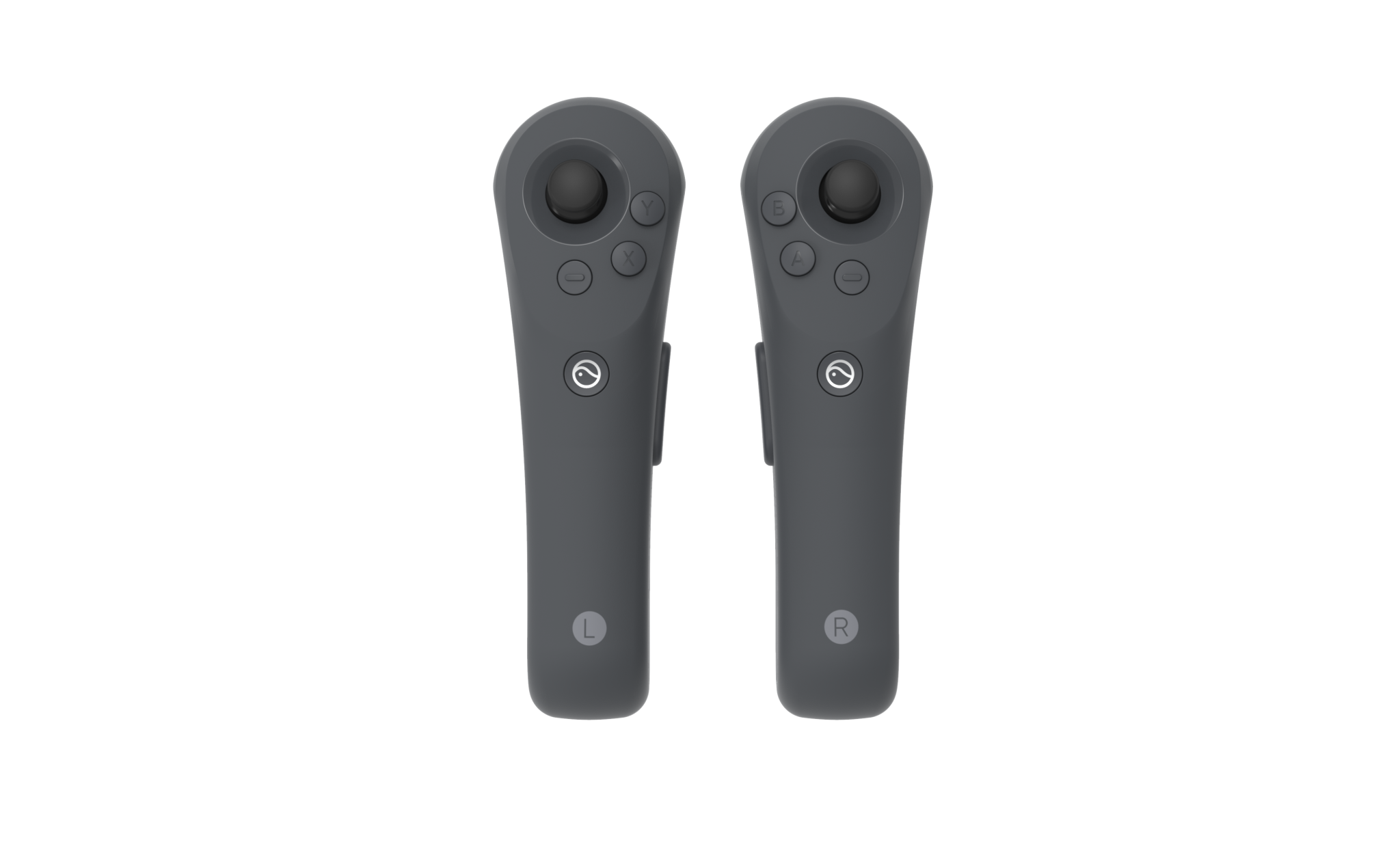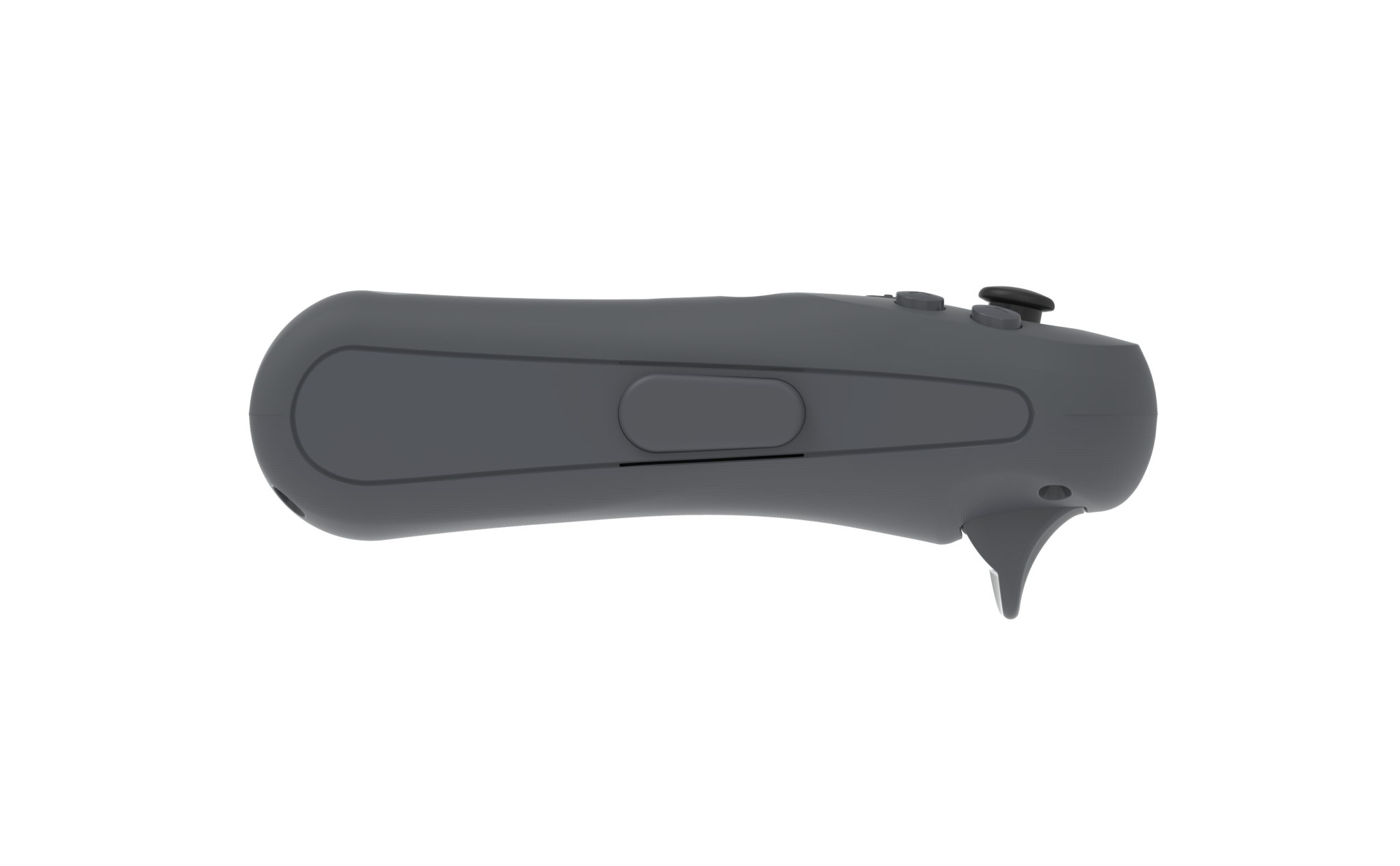The full monty
Pico Neo 2 enterprise-grade 4K 6DoF VR headsets are now available
Eye-tracking, wireless PC streaming, and a 4K display for under $1,000.
by Nicholas Sutrich
Pico is pivoting to an enterprise-only strategy with its second-generation Neo VR headsets. The Pico Neo 2 and Pico Neo 2 Eye are standalone VR HMDs (head-mounted displays) that were unveiled earlier this year at CES 2020 but are now available for purchase. The Pico Neo 2 retails for $699, while the Pico Neo 2 Eye ups the ante with eye-tracking for $899. Both headsets can be purchased from Pico's website.
Both models feature identical specs and a near-identical design, with the only differentiating factor being eye-tracking. The Pico Neo 2 sports Tobii eye-tracking, the same technology found on the more expensive HTC Vive Pro Eye, which is a huge advantage for Pico since the Neo 2 family also supports VR connectivity with PCs. That, effectively, makes the Pico Neo 2 Eye the least-expensive way to get business-class eye-tracking with both standalone and PC-powered options.
Best VPN providers 2020: Learn about ExpressVPN, NordVPN & more
Since the rest of the specs are the same, let's take a look at what's on offer for either model you choose. A 75Hz single-panel 4K resolution display sits behind lenses with 101-degree FoV. That's a resolution of 1920 × 2160 per eye, with a digital IPD adjustment between 55mm and 71mm. It's even got an RGB stripe sub-pixel arrangement, which means it'll seem significantly higher resolution than most other VR HMDs. A Snapdragon 845 chipset powers the headset, and two cameras on the front give it full 6DoF tracking with the included motion controllers.



Both headsets support wireless streaming from PCs, so a wireless PC-powered VR experience can be had out of the box. The battery is built into the back of the ergonomic head strap, making this one of the most comfortable VR headsets on the market, thanks to some incredible weight balancing. The facial interface is completely made from polyurethane and is designed to be as hygienic as possible, which is particularly important for enterprise-grade headsets. It's also got plenty of room for prescription glasses between the facial interface and the lenses.
Both of these standalone VR HMDs are designed for business and enterprise use, so they're not designed to be direct competitors to entertainment-focused headsets like the Oculus Quest. Rather, these headsets are more in line with the likes of the HTC Vive Focus. As such, Pico is shipping the Neo 2 and Neo 2 Eye with software like Firefox Reality, a special version of Firefox designed specifically for Web XR.
That eye-tracking capability isn't just for metrics though; Tobii's software enables proper foveated rendering, helping to render only the central part of your cone-of-vision in the highest resolution, while the peripheral vision area is lower resolution. That gives up to a 66% boost in performance and battery life when compared to the regular Pico Neo 2, so the extra $200 might make a huge difference, depending on what your business is planning on using the headsets for.